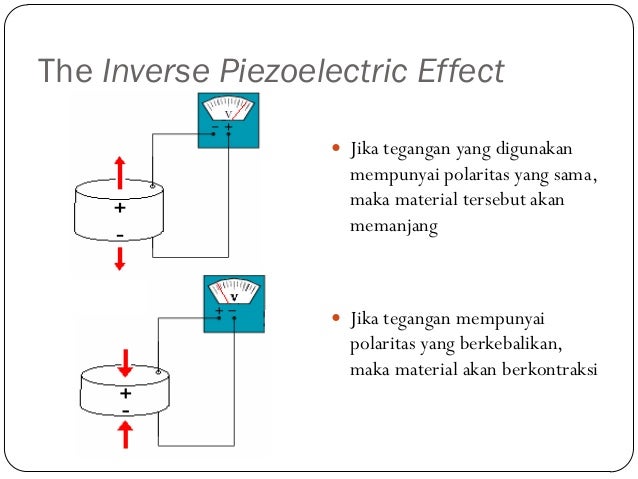

This property was mathematically deduced from fundamental thermodynamic principles by Lippmann in 1881. The Curie brothers did not, however, predict that crystals exhibiting the direct piezoelectric effect (electricity from applied stress) would also exhibit the converse piezoelectric effect (stress in response to applied electric field). To them, their demonstration was a confirmation of predictions which followed naturally from their understanding of the microscopic crystallographic origins of pyroelectricity (i.e., from certain crystal asymmetries). The Curie brothers asserted, however, that there was a one-to-one correspondence between the electrical effects of temperature change and mechanical stress in a given crystal, and that they had used this correspondence not only to pick the crystals for the experiment, but also to determine the cuts of those crystals. In the scientific circles of the day, this effect was considered quite a "discovery," and was quickly dubbed as "piezoelectricity" in order to distinguish it from other areas of scientific phenomenological experience such as "contact electricity" (friction generated static electricity) and "pyroelectricity" (electricity generated from crystals by heating). These results were a credit to the Curies' imagination and perseverance, considering that they were obtained with nothing more than tinfoil, glue, wire, magnets and a jeweler's saw. Their experiment consisted of a conclusive measurement of surface charges appearing on specially prepared crystals (tourmaline, quartz, topaz, cane sugar and Rochelle salt among them) which were subjected to mechanical stress. The first experimental demonstration of a connection between macroscopic piezoelectric phenomena and crystallographic structure was published in 1880 by Pierre and Jacques Curie.


 0 kommentar(er)
0 kommentar(er)
